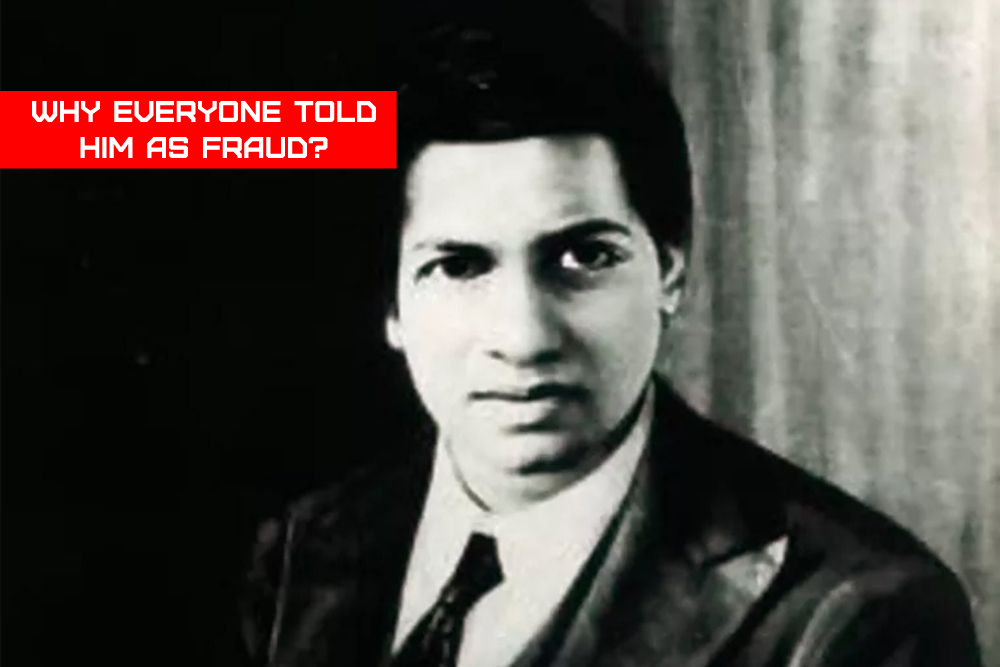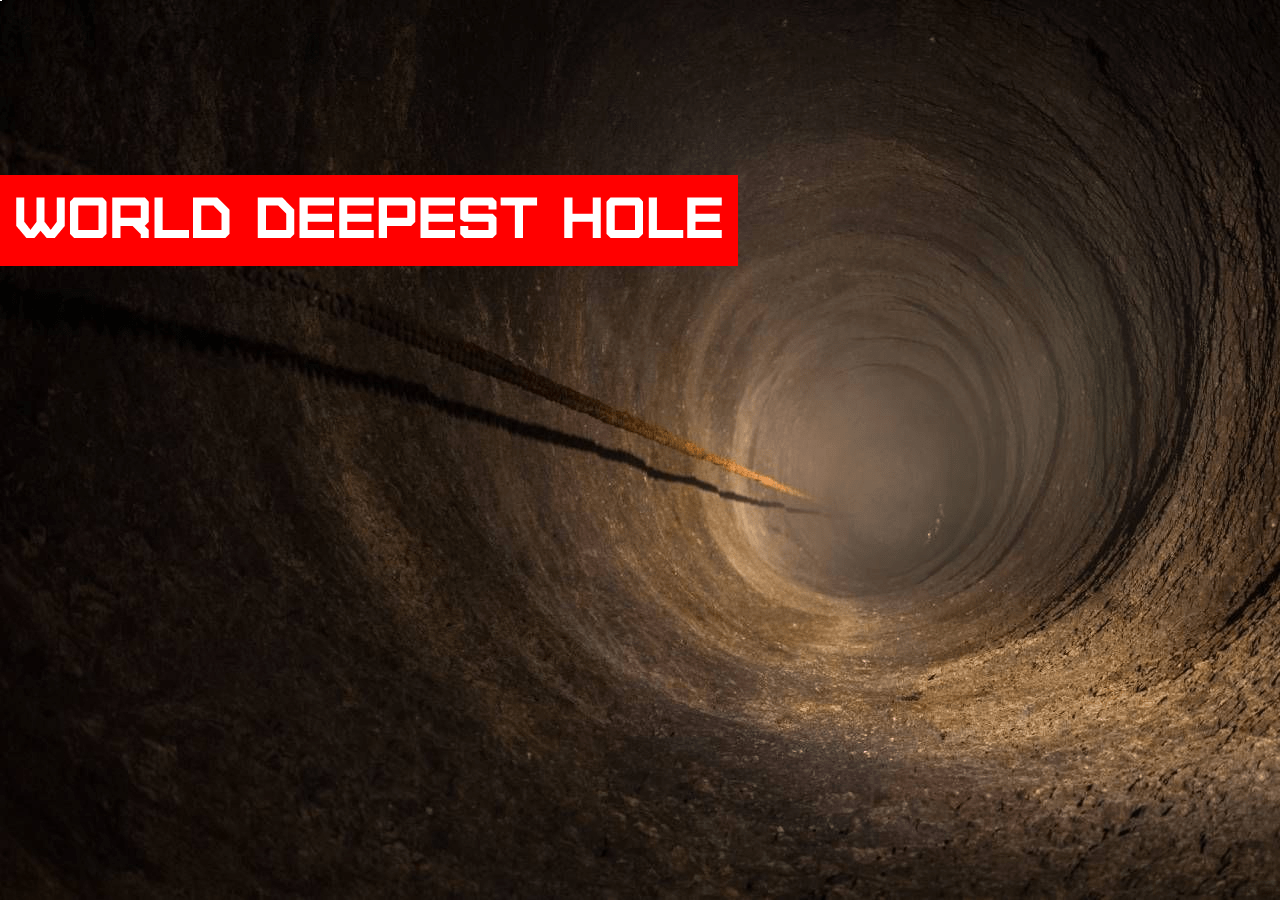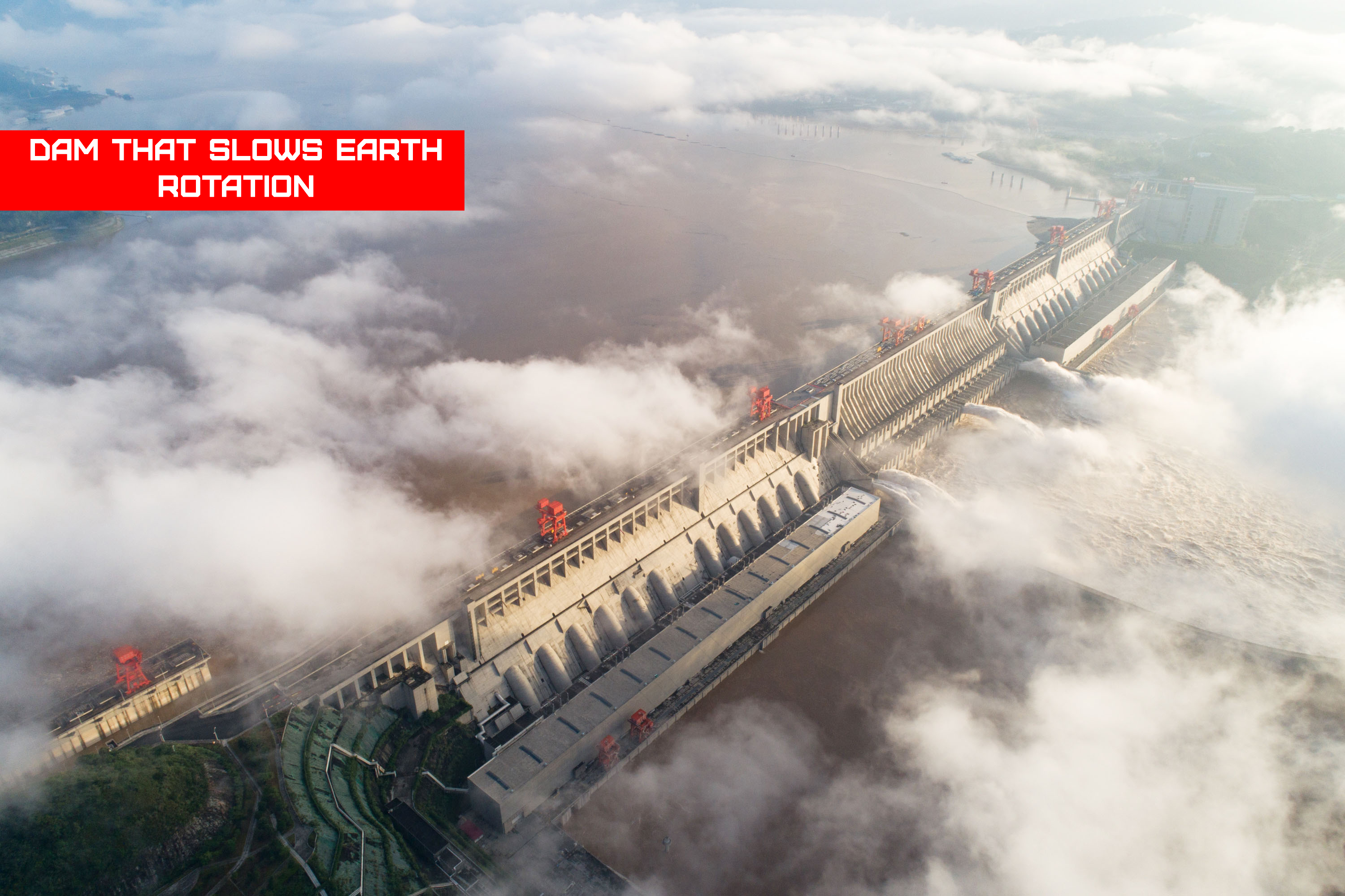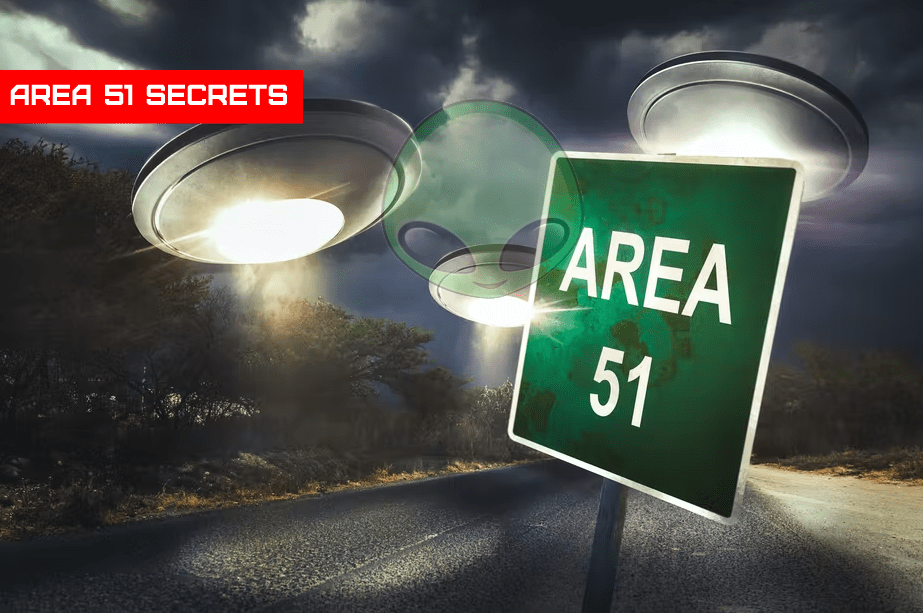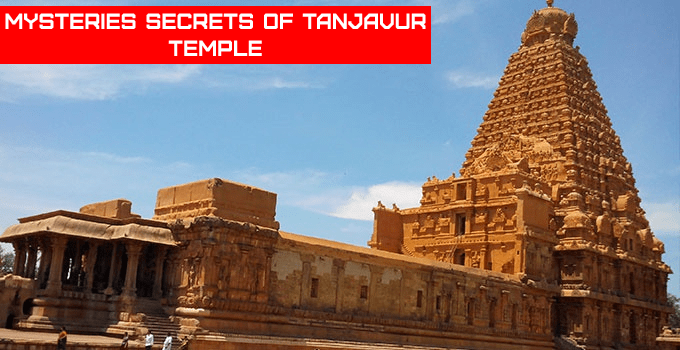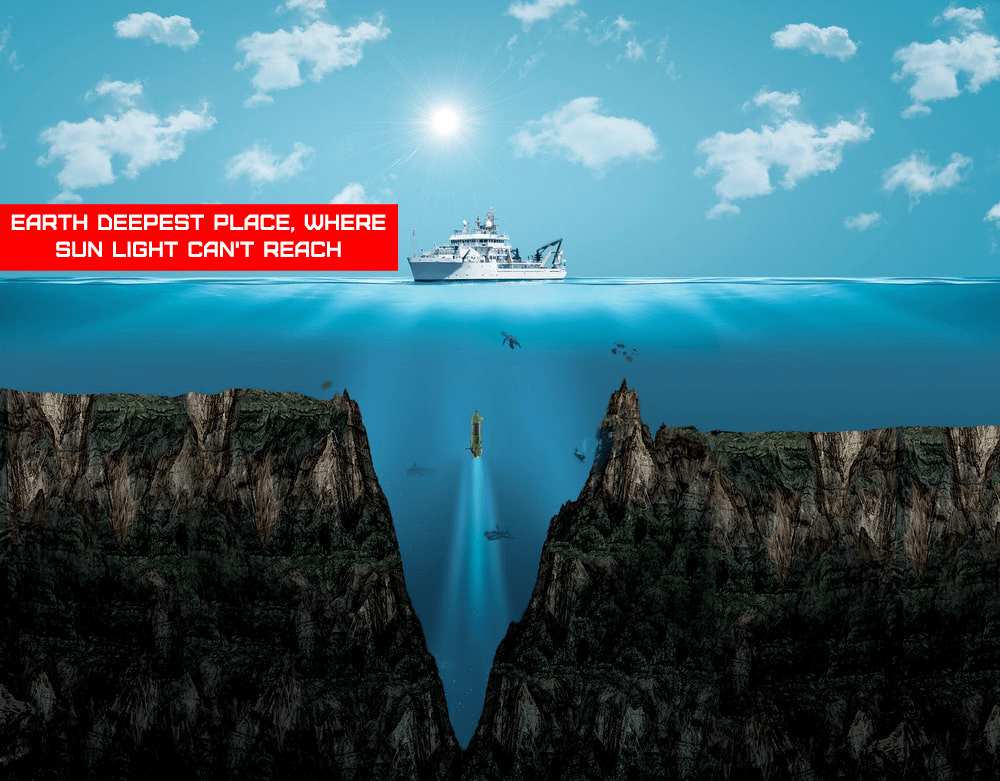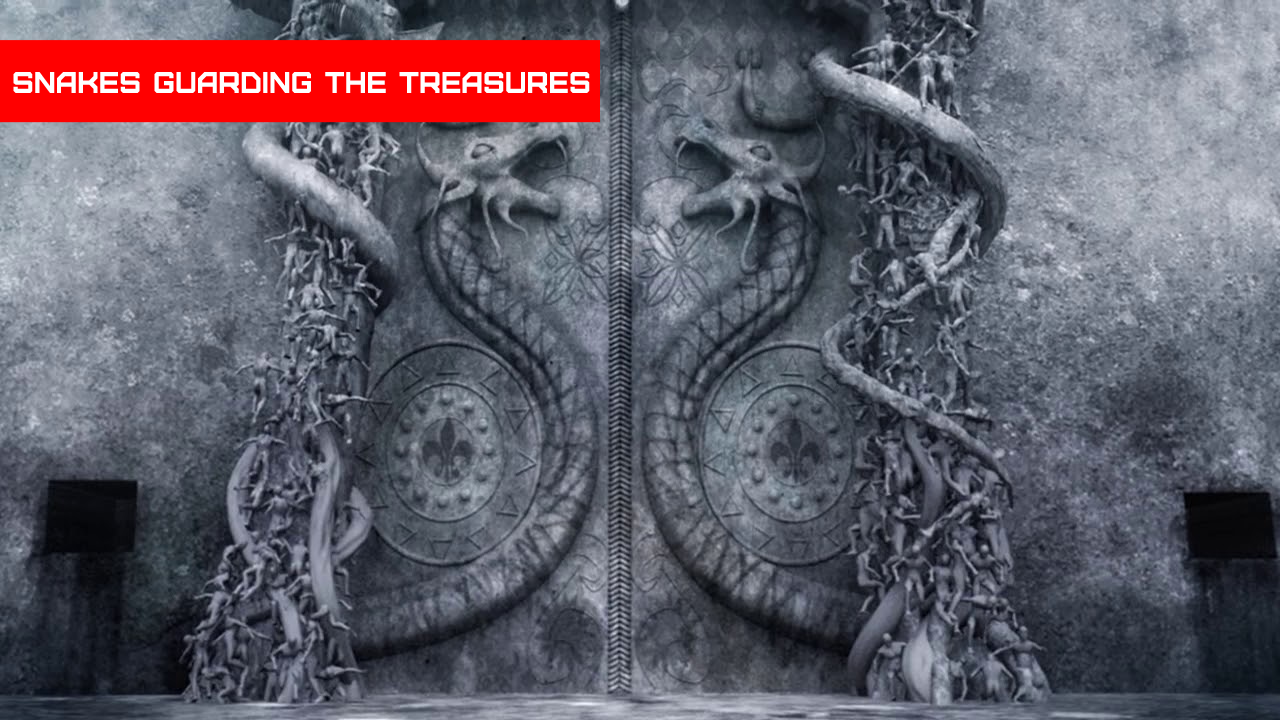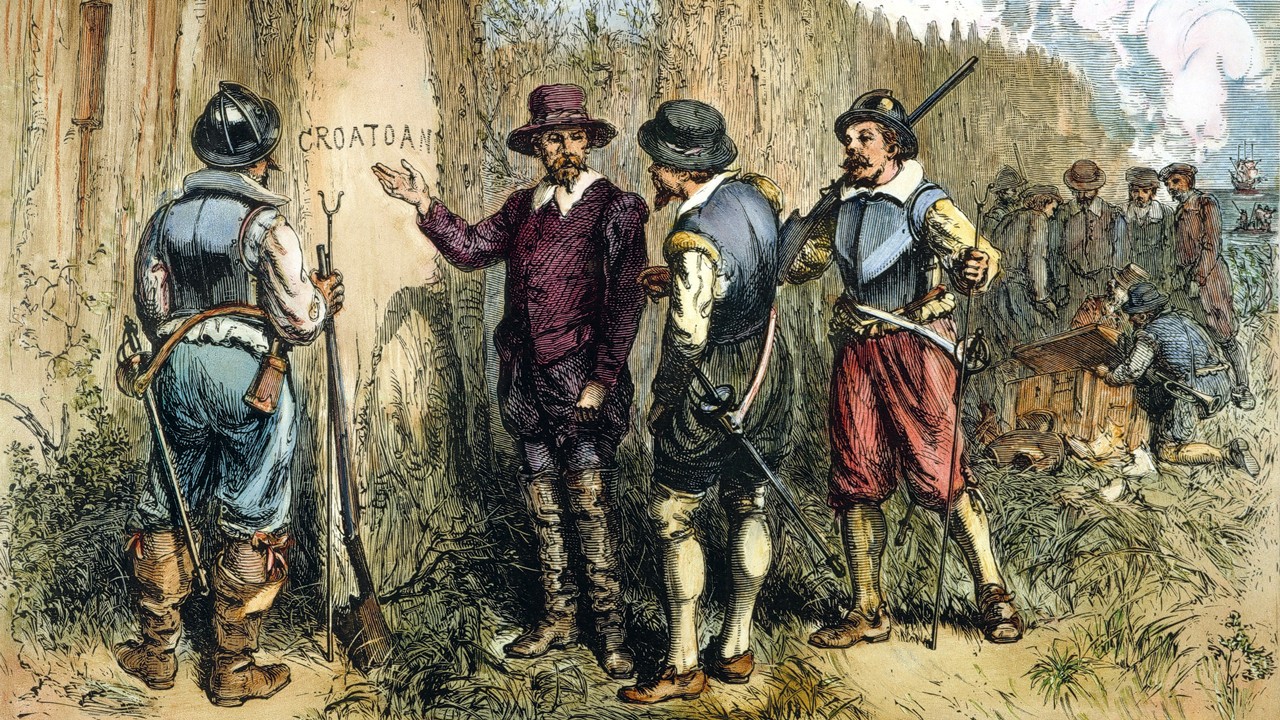Anyone who has seen the Devil’s Kettle waterfall on Minnesota’s North Shore and witnessed the falls tumble through solid rock before disappearing has often wondered where the water goes.
About Devil’s Kettle Falls:
Judge C. R. Magney State Park is located in Minnesota near the Canadian border. The park, named for a local politician who was helpful in establishing state parks and beautiful regions in the region, encompasses about 4,600 acres of forest along Lake Superior’s north coast. The Brule River flows south through the park. The river lowers 800 feet in eight miles through a sequence of waterfalls that excite park visitors. The river finally joins Lake Superior after passing via these falls.
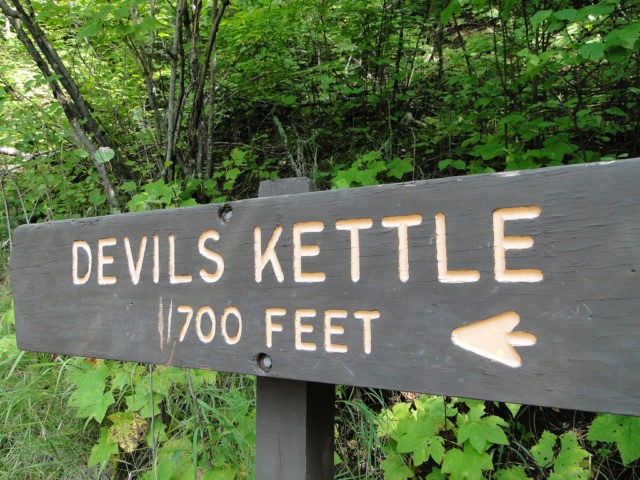
However, one of these waterfalls is significantly more well-known than the others. The enigmatic Devil’s Kettle Falls is about a mile and a half upstream from the lake. The river is split in two at the height of the falls by a rhyolite rock protrusion. The river’s eastern half rushes over a ledge, down a two-step waterfall, and into a pond fifty feet below. The water then flows south along the Brule to the lake.
The western part of the flow, on the other hand, dips 10 feet into a “pothole” before disappearing entirely.
Potholes (or kettles, as they are often known) are not an unusual geological feature in and of itself. The power of the water may wear a hole in the rock as a stream flows over a waterfall. Water may take up tiny stones and sand as it rushes around. These can carve out an ellipse, kettle, or pot-like hole over time.
What Researcher’s Done at Devil’s Kettle?
In most cases, water in a pothole just runs to one side through a crack, but in the strange situation of the Devil’s Kettle, it goes underground. However, where it travels underground is a complete unknown. Scientists who have investigated the mystery believe the water either rejoins the rest of the river or has its own underwater outlet into Lake Superior. Every attempt to follow the route of this portion of the river, however, has failed.
Researchers have thrown brightly coloured dyes into the water, as well as ping pong balls and other marked objects, but none of them have appeared anywhere in the vicinity.
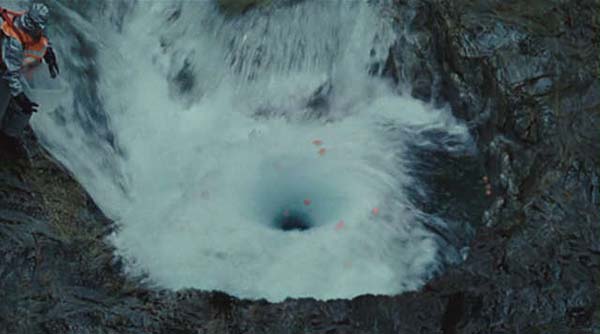
Does Devil’s Kettle have Limestone Cave?
The geology of the region, which is not favourable to the formation of caves or underground rivers, adds to the mystery. The rock underneath the falls is rhyolite, which is a hard, igneous, volcanic stone akin to granite. Most caves, on the other hand, occur in locations with a lot of limestone. Limestone is a moderately soft rock that dissolves quickly in water, especially if the water contains naturally occurring carbonic acid.
Water seeping below dissolves part of the limestone, paving the way for additional water to follow. While carbonic acid is a rather weak acid, it may dissolve enough limestone to form a remarkably enormous cave over time. Some caverns have underground rivers large enough to accommodate a small watercraft.
The nearest limestone to Judge C. R. Magney State Park, however, is hundreds of miles distant in southern Minnesota, thus an underground river of this type does not appear to be a viable answer to the enigma.

What’s a lava tube?
Is it possible to create caverns without using limestone? There are, indeed. Because most of the rock in the region is volcanic in character, it has been proposed that the Devil’s Kettle riddle may be solved by a lava tube.
A lava tube is a cave produced by the descent of lava from a volcano. Lava is rock that has been heated till it becomes liquid. When it flows, the lava on top that is exposed to air might cool and solidify before the lava below, resulting in a long, tube-like structure.
When the lava source stops flowing, the tube might drain, leaving an empty void. Some lava tubes can be exceedingly huge and lengthy (up to fifty feet in diameter). The longest known example is Kazumura Cave in Hawaii, which is more than forty miles long.Unlike a limestone cave, which can form decades or millions of years after the underlying rock, a lava tube must form at the same time as the surrounding volcanic rock.
So, according to the notion, the water flowing into the pothole was able to dig deep enough into the rock below to link with an ancient, existing lava tube. The issue is that, although being a volcanic rock, rhyolite never creates lava tubes. Lava tubes are often formed solely in basaltic rock. Magney State Park has basaltic rock deep beneath the rhyolite. The issue is that the basaltic rock down there was not formed by a volcano.
It crept up via earth fractures and spread like a flood across a vast, flat region (in fact this type of rock is known as flood basalt). Lava tubes do not form since lava does not flow down from a volcano. Even if one did develop against all chances, the tube would have to be angled precisely in the proper direction for the river to take advantage of it, an implausible coincidence.
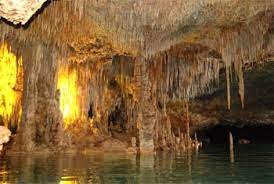
Is there Fault Line?
Is there another possibility? Water can sometimes flow along a fault line. A fault line is a crack in the rock induced by earth movement (usually associated with earthquakes).
However, there is no evidence of a fault line in the vicinity of the waterfall.Even if there were, the amount of water that could run down it would be minimal, not even half a river.
Furthermore, such a channel would have been blocked over time as pebbles, sand, logs, and other items dropped into the kettle. (There’s even a story of someone pushing an old automobile into the kettle and it disappearing, but this seems implausible given the location’s inaccessibility by road.)

Devil’s Kettle Mystery
Green and Calvin Alexander, a colleague at the University of Minnesota, want to do a dye trace this fall to determine where the water resurfaces. The DNR stated, “They will pour a bright, biodegradable dye into the pothole and identify where the dye reenters the river during low-water flow.”
So, if the falls link to the river, how come no one notices the stick thrown in at the top? Isn’t that a mystery? No. According to the DNR, fluid dynamics can explain the situation.
“The plunge pool below the kettle is an extremely powerful system of recirculating currents capable of dissolving anything and holding it under water until it resurfaces downstream,” Alexander added.
That will not be the case for the dye they will use to trace the path of the water, he added. “The dye molecules, unlike bigger items, will not be kept in Devil’s Kettle.”
Green said that if the dye is discovered in the river below the falls, as the scientists think, much of the mystery would be gone.
“”There’s a little amount of it,” he admitted, “but nobody’s going to stand there and wonder.” But it will still be an intriguing and attractive location.”
